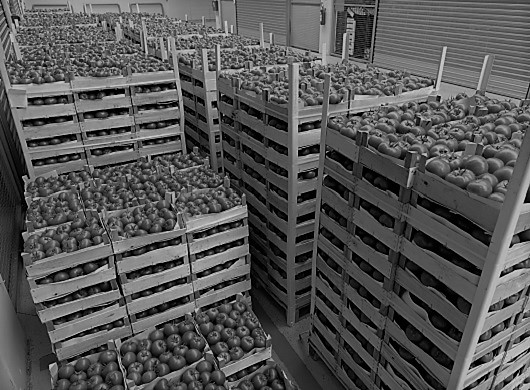
brave new procurement world
Join me on a journey. Let’s step into a time machine and leave this crisis behind…
We venture outside at some point in the (hopefully not so distant) future; curfews are lifted, borders are open, supply chains are being re-connected, and business and individuals are in the market to buy and sell goods and services again. The world seems to be ‘normal’ – only that it isn’t.
While there were winners, the disruption to the retail sector was far too severe. Demand for discretionary goods and services evaporate overnight, immediately impacting the top line, while the fixed cost base remained as is and were locked in through contracts. In such an environment, only those survived that didn’t hesitate to adapt their business model and weren’t too precious. The most successful strategies centred around the convergence of the analogue and digital channels to create a customer centric experience that was truly seamless from the beginning to the end.
Procurement’s role was crucial for the successful transition. The initial focus was to immediately avoid all non-essential spend altogether and being creative when negotiating existing contracts with suppliers, be it with landlords, insurance companies, Telcos, logistics company etc. The currency and accuracy of the underlying cost helped Procurement identify the key levers to pull and to make fact-based decisions in a timely manner.
With cost leakage under control, the attention was turned to short-term sourcing needs. In most cases this meant to safeguard the well being of the workforce and supply them with Personal Protective Equipment (PPE) like masks and hand sanitisers. The Procurement handbook was thrown out of the window and the only critical KPI was how quickly the goods could be delivered to the employees, i.e. ‘time to employee’. The market behaved irrationally for a little while and dramatically impacted unit prices and transport cost.
Volatility was the new norm, and agility the way to deal with it. This required both Procurement and suppliers to remain incredibly flexible and react quickly to changes across the entire supply chain. During this time, Procurement organisations that had forged longer term relationships with their key suppliers were better equipped to cope with the uncertainty and sustain the supply of critical goods and services. Those relationship were nurtured over the years and built on a mutual understanding of each other’s business and consequently trust.
At the same time, Procurement needed to look inside to adapt to the velocity of change. Relieved from the daily commute, employees had the head space to finally complete online training courses and expand their capabilities. Putting those in practice to optimise internal processes with clear roles and responsibilities drove efficiency gain that were not thought were achievable. In some cases, this newly discovered creativity was even used to drive innovation from Procurement back into the business, by coming up with new ideas for products or packaging solutions.
So where does that leave us now that we are back from our time travel? What lessons have we learnt? The new Procurement world will be distinctively different from the old one. The speed of change will require an agile response to the challenges ahead. Start yesterday, secure your supplies, go hard on cost outs, and don’t forget to fix the basics.
Aleksander Strasek – Director; Pollen Procurement
Originally published in Retail World May 2020: Read Here